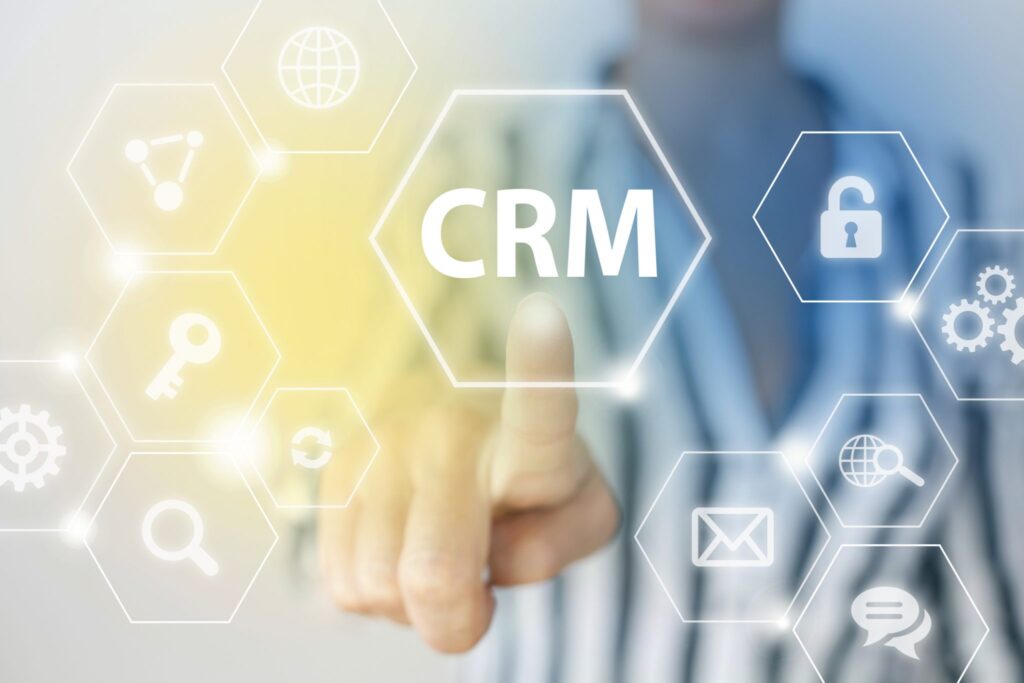Getting the most out of your CRM to improve customer experience
A CRM won’t save your CX – Part 1
A CRM won’t save your CX – Part 1
Getting the most out of your CRM to improve customer experience

Meet the author
Technology alone will not solve your customer experience needs.
Organisations have always looked at technology to solve their customer experience problems. CRM solutions, now the largest software market in the world, continue to lead the way in growth and innovation. Market leaders such as Salesforce have seen massive growth fuelled by acquisitions. They can now support more industries than ever across all stages of the customer journey.
It would be easy to see why organisations continue to look towards these solutions to improve how they interact with and serve their customers. They promise the world when it comes to end to end journeys, single view of the customer and now artificial intelligence. The truth is it is not that easy.
CRM solutions won’t automatically improve your customers experience overnight. I have seen many organisations assume that simply having a CRM will automatically improve X stat Y fold. The fact is CRM implementations can be complex and difficult. Less than 20% of CRM projects deliver across multiple functions. Once implemented only 20% of organisations can prove a financial return on their CRM investments. Through poor implementation and management, CRMs regularly fail to deliver business needs including improving customer experience. Avoiding this is more important than ever given how ingrained these solutions are in the interactions between organisations and their customers.
To get the most out of your CRM solution and your customer experience consider the following steps:
Define the need
It’s tempting to jump right in and set up anything you can get your hands on. The first thing you should do is define why and where you want to improve the customer experience and then move to the how. Identify target areas across the end to end customer journey. The solutions should then follow from that and meet the scale of your needs. If you’re a small charity looking to set up a newsletter, you wont need a fully-fledged automated marketing tool.
When exploring how your CRM solution can help, sometimes simple is better. Making small changes can have a big impact. When I have to deal with customer support I just want my problem fixed. If I don’t return a sales rep’s call, I don’t want another call from him because it feels like I’m being harassed. I would rather get an email detailing my options.
An automated workflow is easy to set up and can have a massive impact.
Of course there are no blanket rules or one size fits all, so always question what you are doing and how it is improving your customer’s experience.
Understand your relationship with your customers
It seems simple enough but truly understand your organisation, the products you sell and why your customers engage with you. By knowing why your customers value you it’s easier to see where to focus your efforts when building a CRM.
A great (and perhaps controversial) example is Apple, famous for its innovative products. In a 1995 interview, Steve Jobs argued innovation by monopolies was being stifled because power was in the hands of marketing and sales. Although more successful than ever this foreshadowed events – this year the technology giant lost its ranking as the most innovative company and has reduced its revenue forecast. Many observers believe this stems from the organisation’s shift in mindset and its relationship with customers from product to operations where the new CEO Tim Cook has his roots.
The same can be said about your CRM strategy. Use your CRM to enhance the value your customers hold with you. Do your customers like you for slick marketing or the genuine product support? Do they want seamless purchasing or more personalisation?
Differentiate and innovate
Due to the ease of access to standard solutions and the investment organisations are making in CRM, the differentiator has become the norm. It’s not special to have an app, targeted marketing or multiple support channels – it’s expected. A great example of innovation revolutionising the customer experience is Netflix, which in 1997 set up the first DVD subscription business. What is now the norm, with subscriptions for everything, changed the industry. Today’s flexible CRMs can be used to do the same when used right.
With the Internet of Things (IoT) we can now integrate everyday objects into our CRM and resulting processes. This can enable faster, more intelligent and even predictive interactions with customers. Applications are endlessly innovative. Unique ideas can give your experience the edge over your competitors.
This is a small-scale example, but at Clarasys we have built a Salesforce app to track our 5-a-side team’s statistics!
By following these steps, organisations can identify the technology solutions that will improve customer experience and increase brand loyalty.
Find part 2 here!

